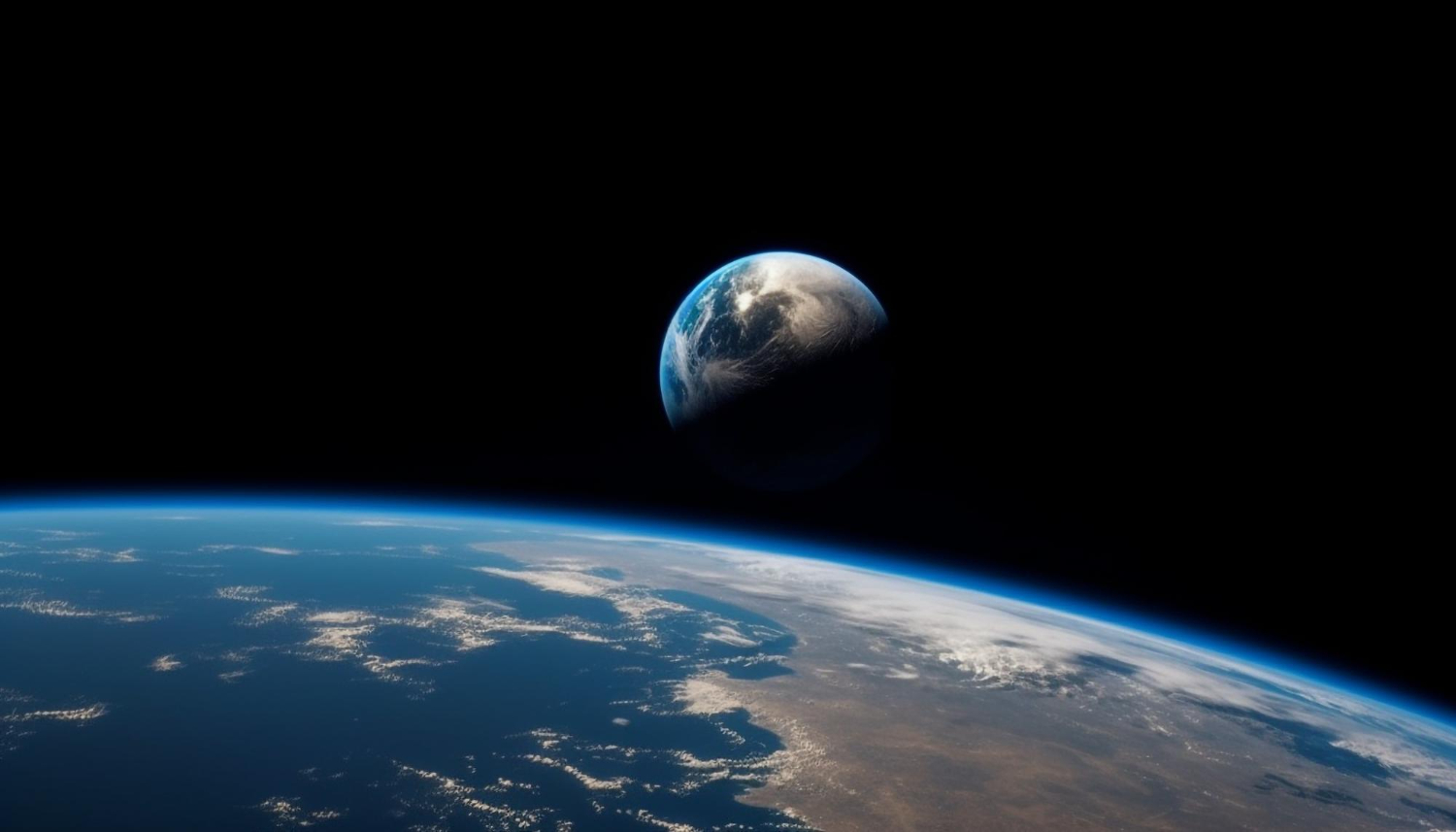Reaching for the Moon…This is for Everyone, and India should be proud
In Sanskrit, Chandrayaan means “Moon Craft”, which sounds a little leaden to the Anglo-Saxon ear, but it pretty much sums up what the mission is about because right now, at the dawn of the new Millenium, India is reaching for the Moon. The sleek launch vehicle blasted off from Satish Dhawan Space Centre in Southern India at a little after 2.35 pm on Friday before soaring upwards into the first of five progressively elongated orbits, the last of which will catapult Chandrayaan-3 into deep space and onwards to the Moon. And even for the most case-hardened among us, staring skywards and shackled to the earth, the tantalising prospect of another landing on the Moon is enough to make the heart skip a little faster…
If Chandrayaan’s month-long mission is successful, as the waiting world hopes it will be, India will become only the fourth nation on earth to complete a landing on the lunar surface (after the United States, the former Soviet Union, and China), and it will be the first to touchdown in the bleak South Polar region of the Moon: an area of particular interest, given the craters there are thought to contain reserves of frozen water that might one day support life on a permanent space station. The spacecraft’s six-wheeled lander and rover module is specially designed to carry multiple payloads of lunar soil and rocks, which will then be freighted back to earth for chemical and physical analysis.
And if they confirm the presence of water reserves in the right volumes, that will further cement India’s growing reputation as an interplanetary power: because it was India’s Chandrayan-1 mission, back in 2008, that first identified the existence of those craters.
The Scale of India’s Ambition
The vast scale of India’s ambition is also matched by the efficiency and technical excellence of its space programme.
For example, the total budget for the Chandrayaan-3 mission was set at $75 Million in 2020 (before COVID caused a temporary suspension): compare that with Elon Musk’s SpaceX project, where a single Falcon 9 launch costs $67 Million, and far from reaching to the Moon and back, the average SpaceX payload will never escape low earth orbit. Things get even worse over at Blue Origin (part of the Jeff Bezos toybox), where a single orbital “mission” costs $200 Million and will set you back a cool $10 Million if you want to book a seat…that works out at more than $900,000 a minute for the orbital leg of the flight (https://ts2.space/). Small wonder then that Mr Bezos has focused his remaining energies on rattling up an orderly line of billionaire passengers…many of them (including him) wearing cowboy hats, which is strangely appropriate when you come to think of it.
With a due sense of decorum, we’ll draw more of a veil over Richard Branson’s peculiar efforts to shoot his bunch of billionaires into space: save to mention that his own trouble-prone sub-orbital experience (www.virgingalactic.com) costs $450,000 a head (tickets now on sale), working out at $4,714 per minute of flight…assuming, of course, that the flight ever gets off the ground.
Dollar for dollar, the Chandrayaan project is immeasurably better value than anything these space cowboys have to offer, mostly because of the world-beating technology that sits at its heart. Technology like LSS-ISAC-1 soil simulant modelling and the Chandrayaan-1 X-ray Fluorescence Spectrometer (both of which were designed and developed, as the name of the latter suggests, with India’s space programme in mind). And the programme also gave birth to a new navigational system for space travel that takes account of “solar gravitational perturbation and solar radiation pressure”: and no, I don’t know what that means either…but it certainly makes a difference when it comes to making sure the landing happens where it’s supposed to (thanks to the Aerospace Engineering Team at the Indian Institute of Technology). It all fits in perfectly with India’s newly established status as a leading innovator in global technology …
The sheer scale of the ambition underpinning Chandrayaan also says so much more about the future of modern India: this has nothing to do with a few space cowboy billionaires, and it has nothing to do with cynical schemes to monetise space…this is for everyone, and that’s something India can be proud of.
Executive Overview
I think we’ve all been excited and fascinated in equal measure by the launch of Chandrayaan-3 on Friday…heading back to the Moon for the first time in decades. That’s certainly something to be proud of.
Invest in Red Ribbon Asset Management

Red Ribbon Asset Management (www.redribbon.co) aims to harness the full potential of fast evolving and emerging technologies to meet the needs of global communities as part of a circular economy, fully recognising the compelling demands of planet people and profit.

.jpg)

.jpg?width=150&height=150&name=house-with-wooden-roof-staircase-side%20(1).jpg)



Leave a Reply